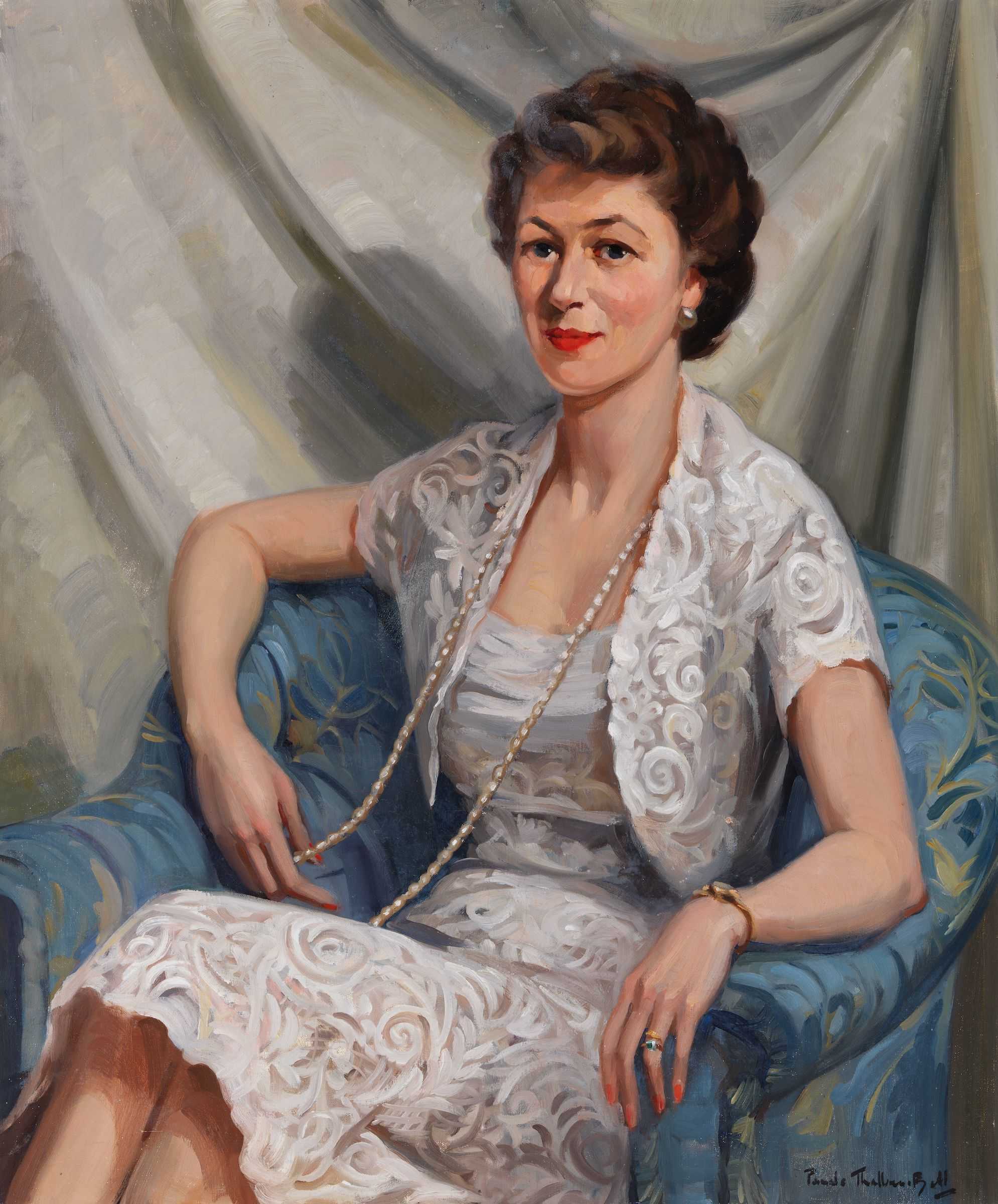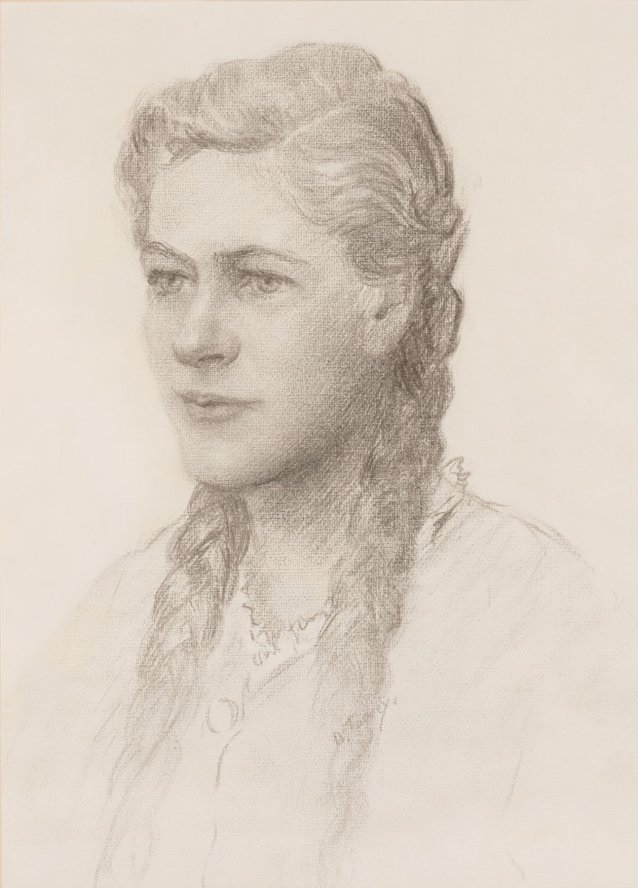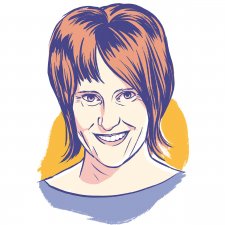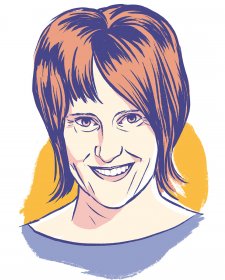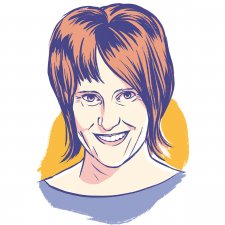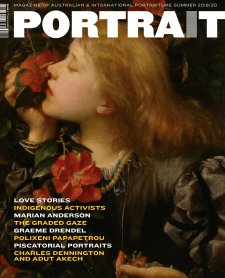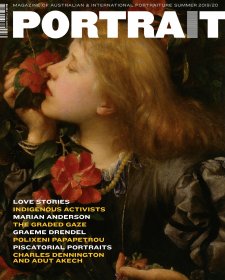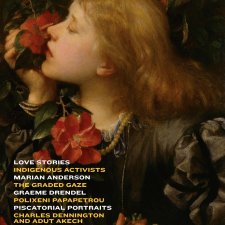Beaverbrook offered her a marriage, of sorts; but instead she came as Ann Mozely to Canberra, a city she took to heart. From 1959 to 1962 she worked as a research fellow with Sir Keith Hancock in the Research School of Social Sciences (RSSS), founding the Australian Dictionary of Biography. In 1962 she was appointed to the post of research associate jointly at the RSSS and the Australian Academy of Science. Her prodigious Guide to the Manuscript Records of Australian Science was published in 1966.
While she lived at University House, a mathematician, Joe Moyal, ‘emerged from the revolving circle of swains’. She took her fourth and final surname when she married Moyal in 1963, and later travelled with him as he took up various academic posts. (Widowed in 1998, she wrote a book about him.) She was a science editor with the University of Chicago Press from 1967 to 1970, and for five years lectured at the New South Wales Institute of Technology, publishing Scientists in Nineteenth Century Australia in 1976.
In the USA she wrote an influential article about the Argonne atomic research laboratory, published in Science in 1971. A power-packed counterpart, ‘The Australian Atomic Energy Commission: A Case Study in Australian Science and Government’, appeared in 1975. It demonstrates her distinctive ability smoothly to switch perspectives from the technical to the social. At an energy conference in 1978 she advocated public participation in science policy formulation and explored the social implications of future energy use and policy. In the decade up to her death she lobbied hard for a Chief Social Scientist to foster just such advocacy and exploration.
Having directed the Centre for Science Policy at Griffith University from 1977 to 1979, Ann left academia in 1980. Much later, she received honorary doctorates from Sydney and the Australian National University for her copious historical writing on Australian science. In the early 1980s she wrote the definitive history of telecommunications Clear across Australia. Rather more diverting was Breakfast with Beaverbrook, published in 1995, the year she established the Independent Scholars’ Association of Australia. Of the elegant, erudite and sweeping Platypus (2001, 2010) she made a gripping history of phases in the classification of biological species, but still shaped her prose with a warm womanly hand – as when she called her subject a ‘little animal with a passion for privacy’. The web of science: The scientific correspondence of the Rev WB Clarke, geological pioneer (2003) was perhaps her defining labour of scholarly love. In A Woman of Influence: Science, Men and History (2014) she tells of uncoupling from her final real-life partner at the age of 80. She who had written Women and the Telephone in Australia reflected ‘at last, I could not see myself cursed by expectancy, waiting for a desultory phone call tailored to M’s need’.
One of Ann’s last essays, published in 2018, considered William Woolls’ annotations to his copy of Darwin’s On the Origin of Species. With distinctive clarity, she concluded that it ‘presents a rare documentary prelude to the long philosophical, teleological and scientific debate in Australia.’ Questioning, laughing, polishing her opinions and arguments unto her brave demise, who but our beloved Ann could have seen that so clearly, or stated it with such authority?
